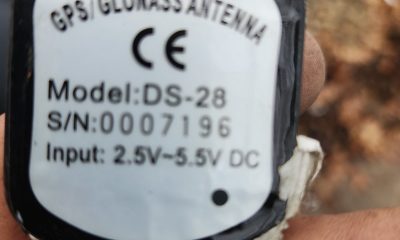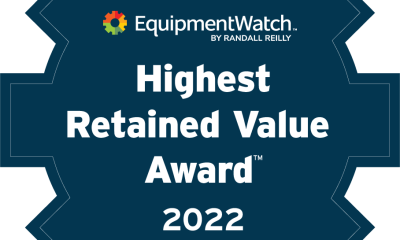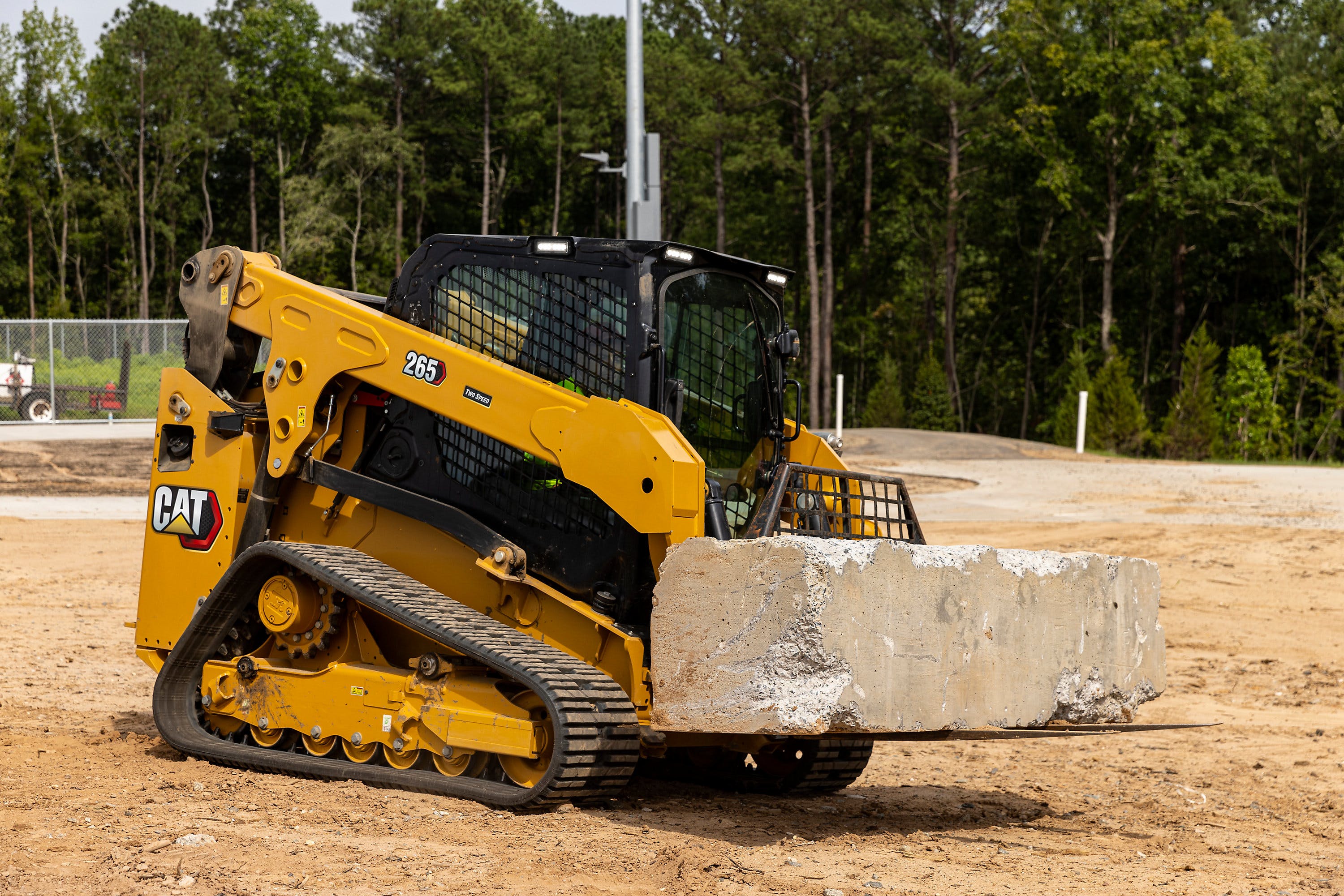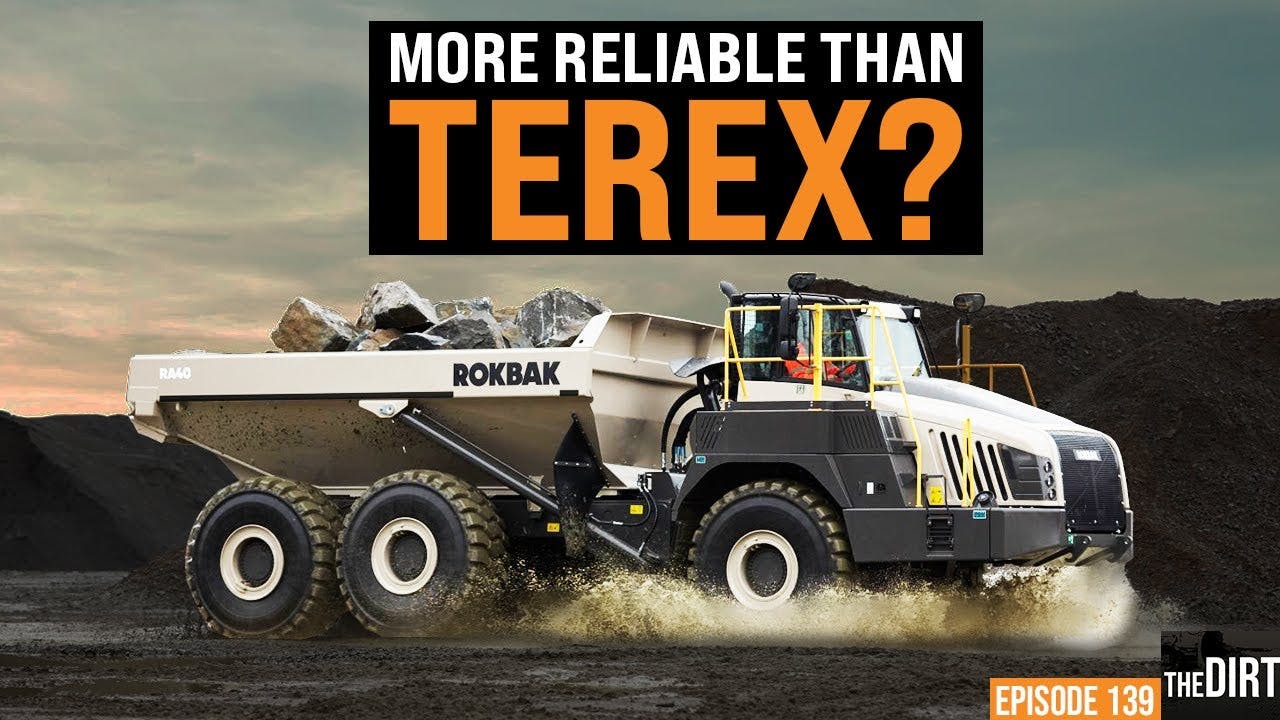Caterpillar dominated the headlines in 2020 for dozer news.
The company launched six new machines – seven if you count one that simply got a name change. Along with that, it continued its new model naming system with fewer letters, for a more streamlined nomenclature the company hopes will be easier for customers to follow.
Other major manufacturers unveiled new machines with advanced technology, as well as one from Case that transforms the compact track loader into a dozer while maintaining the benefits of a CTL. John Deere and Komatsu also rolled out new offerings.
Here’s a rundown of the dozer stories most viewed by equipmentworld.com readers in 2020:
Six new Cat dozers
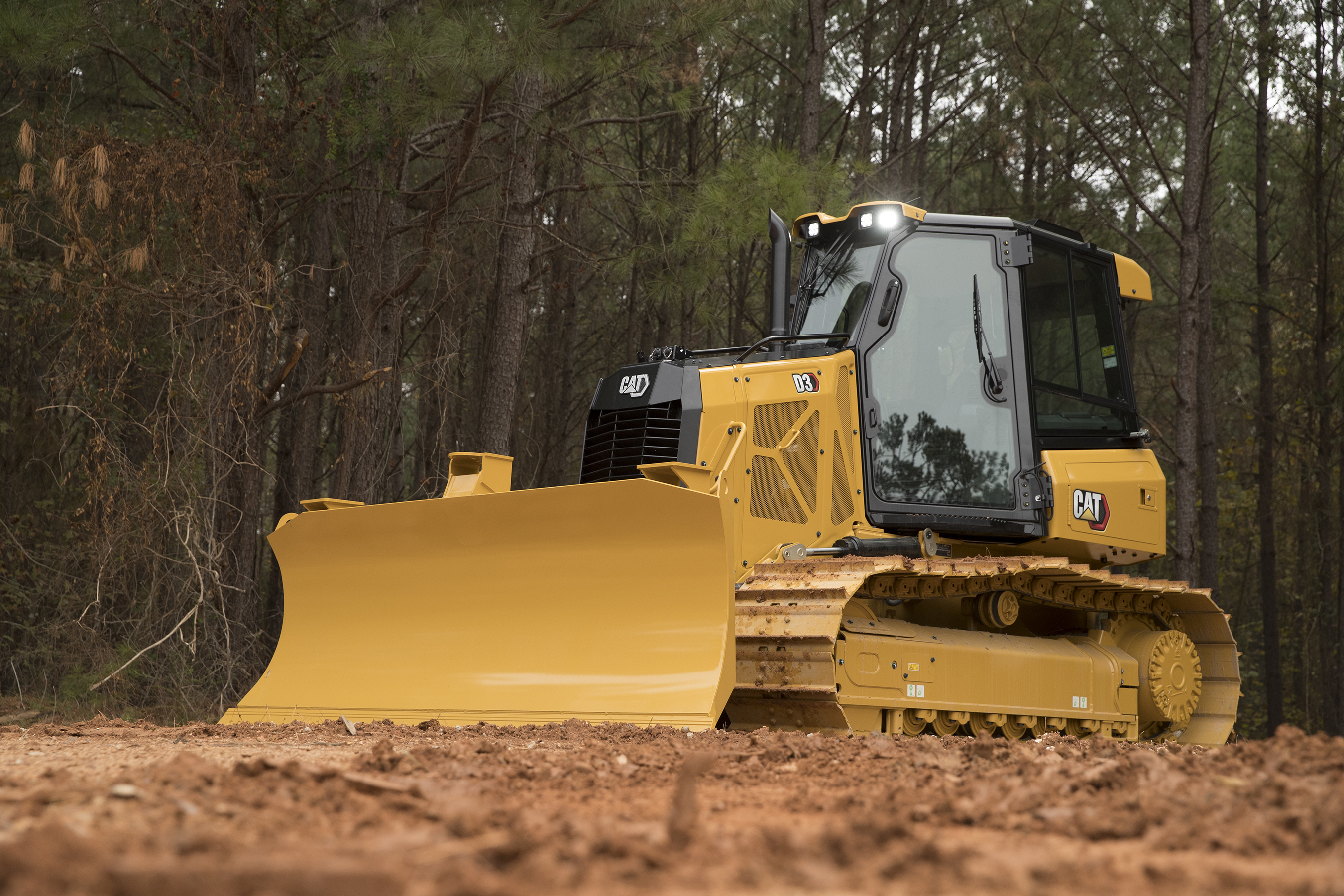 The new Cat D3
The new Cat D3
Caterpillar launched a slew of new dozers, from its smallest lineup to it larger models in 2020 – all receiving roomier, updated cabs.
For the small lineup, the company rolled out the D1, D2 and D3 models with a new look, engine and technology. The redesigned hood slopes lower for greater operator visibility. The new design was made possible by Cat’s smaller C3.6 engine, which is also being used in its other smaller equipment, including backhoes and compact wheel loaders. Tech options include a new 10-inch touchscreen display, Cat Grade Slope Assist, Cat Grade with 3D, and Power Pitch, which allows the operator to control blade pitch from the cab. To learn more about the D1, D2 and D3, click here.
Next in line is the D5. It comes with more weight and horsepower, as well as integrated Cat Grade with 3D, Blade Load Monitor and Traction Control. The touchscreen for the GPS grading system includes smartphone functionality, such as pinching and swiping. The extra weight and power add up to a 4.5 percent increase in drawbar pull and 2.5 percent improvement in productivity, Cat says. To learn more about the D5, click here.
The new D7 also packs more weight and power. It features a High Drive undercarriage design that Cat says provides a smoother ride, better stability, long track life and easy cleaning. Optional technologies include slope indicate, slope assist, Cat Grade with 3D, Blade Load Monitor, Stable Blade, Traction Control and AutoCarry, which automatically lifts and lowers the blade to maintain more consistent blade loads and limit track slip. To learn more about the D7, click here.
And finally, the D9 was introduced with a focus on reducing owner and operating costs through a new torque converter and maintenance improvements. The torque converter features a stator clutch to increase efficiency and fuel savings. As for maintenance, Cat says it has reduced those costs by 4 percent thanks to a fully integrated Auto Lube system. To learn more about the D9, click here.
Deere’s new 700L, 750L boost power, visibility, cab space
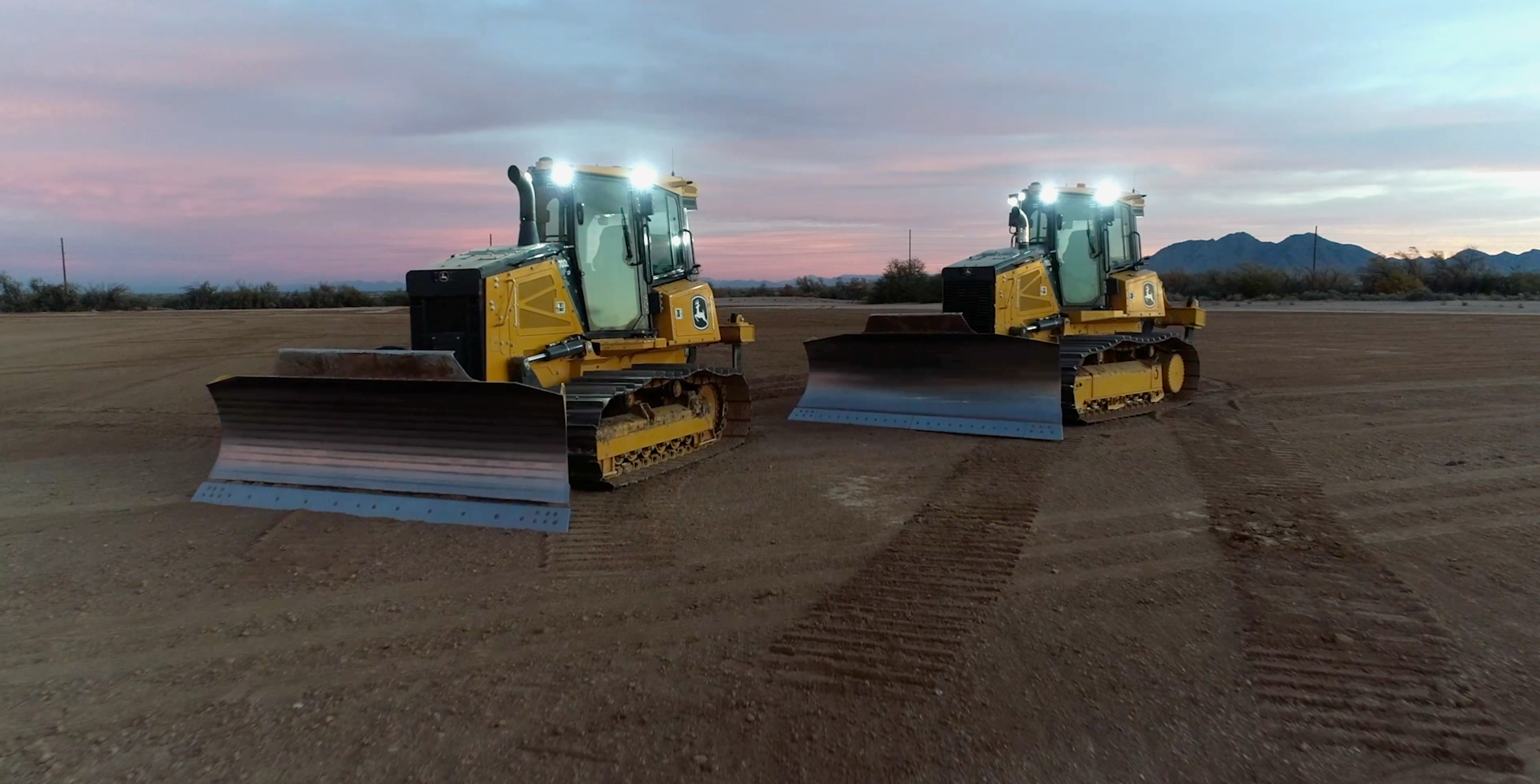 John Deere says its new 700L and 750L dozers can run all day while keeping the operator comfortable. They are primarily aimed at site development, roadbuilding and underground construction.
John Deere says its new 700L and 750L dozers can run all day while keeping the operator comfortable. They are primarily aimed at site development, roadbuilding and underground construction.
The 700L sees a 5-horsepower boost to 135 horsepower, while the 750L gets a 10-horsepower boost to 175 over the K-Series.
The 700L weighs 30,900 to 32,088 pounds, depending on the configuration. Deere has also increased the operating weight of the 750L by 750 pounds. It now weighs 37,569 to 40,040 pounds.
Deere increased cab size 17 percent and increased operator visibility with larger windows. New electro-hydraulic controls have been added. The cabs can be equipped with optional automatic temperature control and a rearview camera. Cab noise has been cut in half, the company says. A heated and ventilated seat is optional.
Deere is also offering a factory-installed, entry-level grade control system called Slope Control. Deere says this system automatically maintains blade angle without an external laser or GPS reference. When opting for Slope Control from the factory, the machines also come SmartGrade-ready to upgrade to Deere’s 3D mastless system in the future.
To learn more about the 700L and 750L, click here.
Komatsu D71 integrates latest iMC version
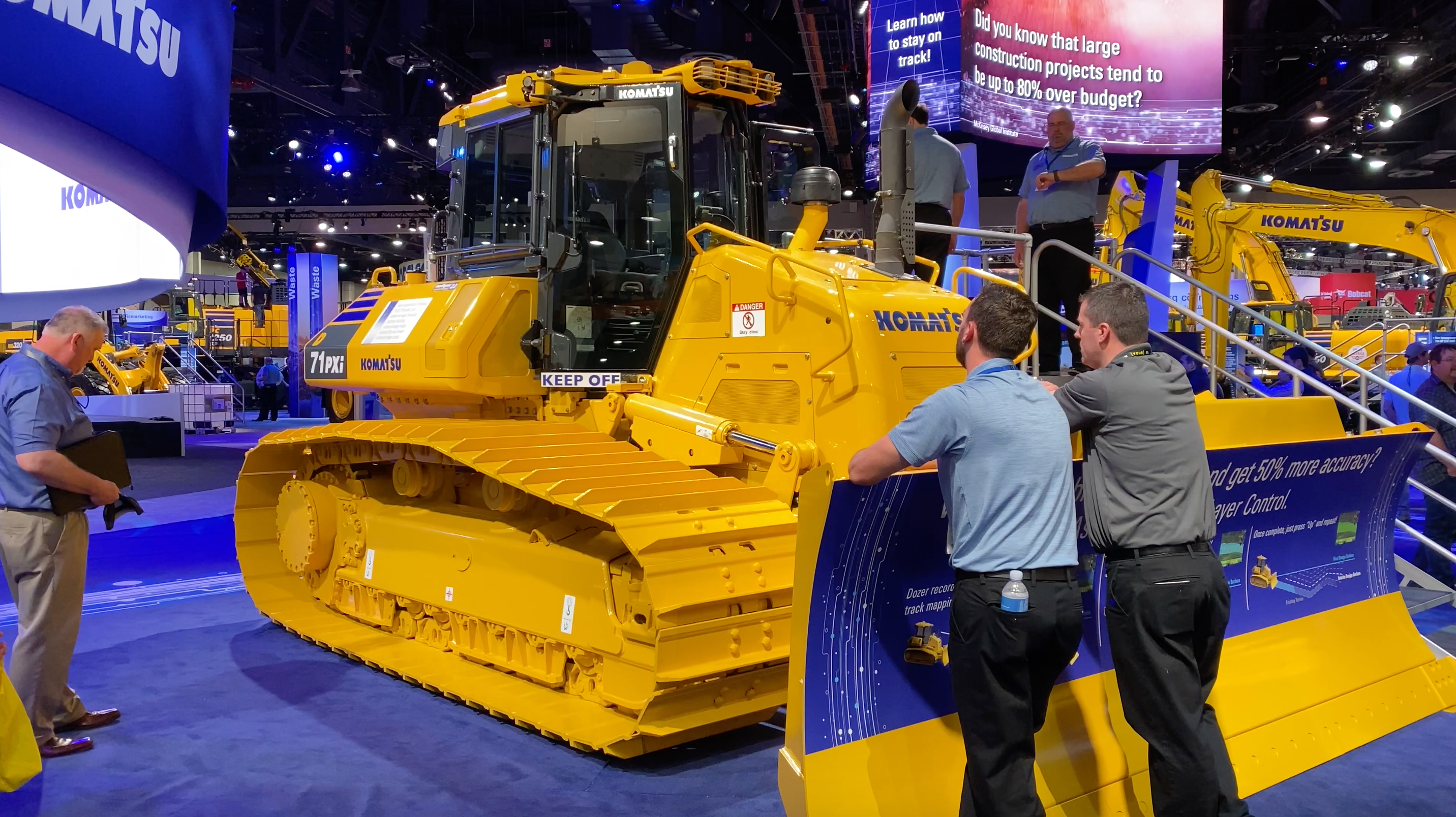 Komatsu’s D71PXi-24 mid-size dozer became the company’s first machine to offer the second-generation intelligent Machine Control platform.
Komatsu’s D71PXi-24 mid-size dozer became the company’s first machine to offer the second-generation intelligent Machine Control platform.
The D71 will be the largest hydrostatic dozer with factory-integrated machine control on the market, Komatsu says.
The iMC system gives operators more automation features and makes them easier to activate. It consists of four components, including Proactive Dozer Control, which is grade control that can be used 100 percent of the time. It can perform site cleanup, backfilling, auto-stripping, auto-spreading, high production dozing tasks and more. The other components of iMC are Lift Layer Control, Tilt Steering Control and Quik Surface Creation.
The dozer runs on a 237-horsepower Komatsu diesel engine, and at 52,000 pounds, it will be in the same size class as Komatsu’s D65 dozer models.
The dozer sports a cab-forward design and super slant nose for agility, versatility and operating in tight spaces. The slant nose also enables clear visibility to the blade and the operator’s surroundings.
The D71 features Komatsu’s Parallel Link Undercarriage System. Otherwise known as the PLUS undercarriage, it is designed to last up to twice as long as conventional undercarriages while eliminating downtime caused by pin and bushing turns.
To learn more about the D71PXi-24, click here.
Case’s DL550B boasts strong dozer credentials
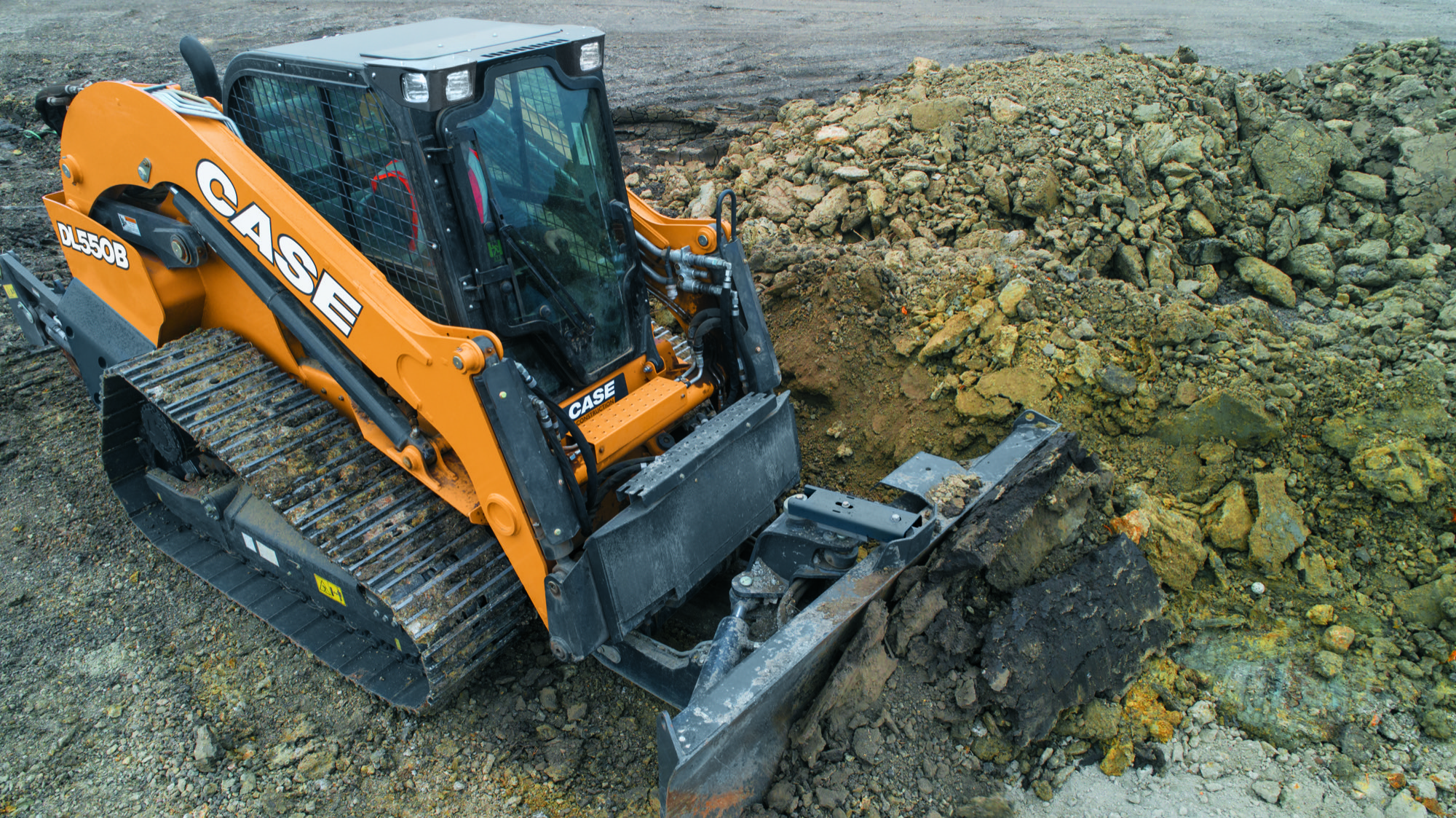 Designed as a cross between a compact track loader and a dozer, Case’s unique DL550B compact dozer loader has the features to give it a firm designation as an earthmover.
Designed as a cross between a compact track loader and a dozer, Case’s unique DL550B compact dozer loader has the features to give it a firm designation as an earthmover.
Heading up its credentials is its undercarriage, with the same grousers, rollers, chains and mounting scheme found on the company’s larger dozers.
Next comes the DL550B’s pin-on C-frame that attaches directly into the chassis and primary coupler to deliver six-way blade performance.
And then there’s the integrated electrohydraulic dozer joysticks that also operate similar to the ISO controls found in skid steers and CTLs. Case says switching between dozer and CTL control is done at the push of a button.
And like its dozer cousins, the DL550B is available with an optional fully integrated ripper.
It will also be available with Case’s universal machine control system, which provides compatible wiring and mounting for Topcon, Trimble and Leica machine control. If you don’t want to deal with masts, lasers or GPS, the DL550B is also compatible with Case’s SiteControl CoPilot. Developed by Leica Geosystems, the system will automatically adjust blade position and hold the machine to that slope or grade.
To learn more about the DL550B, click here.
Cat shortens, revamps model names
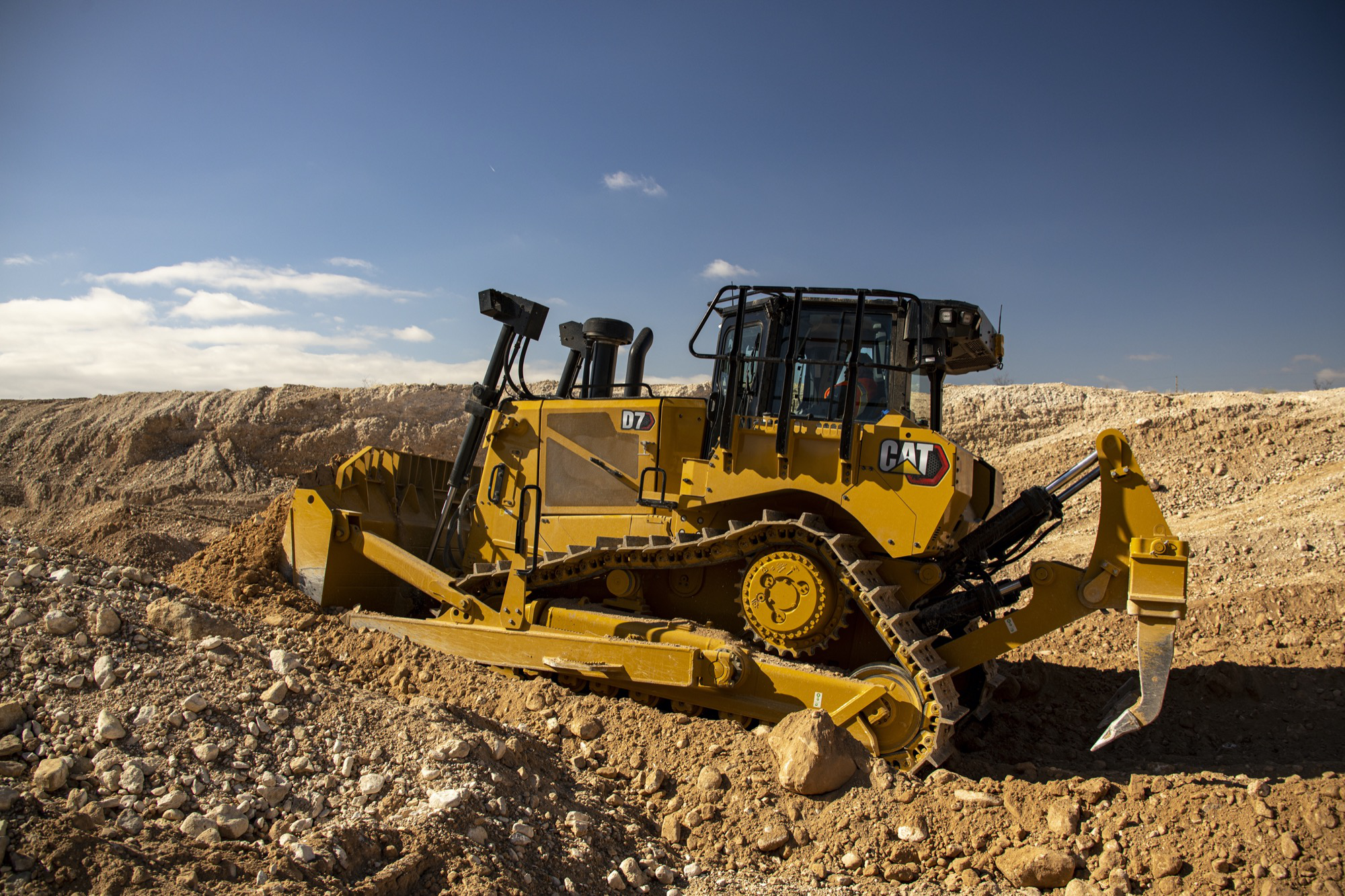 Above we mentioned Cat’s new dozers, but the company’s new model names for the machines also caught readers’ attention in 2020.
Above we mentioned Cat’s new dozers, but the company’s new model names for the machines also caught readers’ attention in 2020.
Caterpillar began revamping its nomenclature in 2017, and this year’s dozer introductions are now bearing the results of that.
Here’s a quick rundown of the changes:
- D1 – replaces the D3K2 and D3K
- D2 – replaces the D4K2 and D4K
- D3 – replaces the D5K2 and D5K
- D4 – replaces the D6K2 and D6K. (Note: The D4 was also released in 2020, but it did not undergo significant change; other than its name, it is identical to the D6K2.)
- D5 – replaces D6N and D5R2
- D6 – replaces the D6T and D6R2
- D7 – replaces the D7E and D7R
- D8 – replaces the D8T and D8R
- D9 – replaces the D9T and D9R
- D10 – will replace the D10T2
- D11 – replaces the D11T
In summing up the reason for the name changes, Sam Meeker, product application specialist, said earlier this year, “It follows an automotive strategy. We’ve had a Ford F-150 for decades, but there has never been a Ford F-150 dash-1 or dash-2.”
The new numbers are based on the horsepower class of each dozer model. Caterpillar will rename each size class once that size dozer has undergone a redesign or upgrade.
The simplified numbering system isn’t limited to dozers. Eventually all of Caterpillar’s equipment lineup will undergo a nomenclature simplification.
To learn more about the new Cat model naming, click here.

 Business5 years ago
Business5 years ago
 Business3 years ago
Business3 years ago
 Tech3 years ago
Tech3 years ago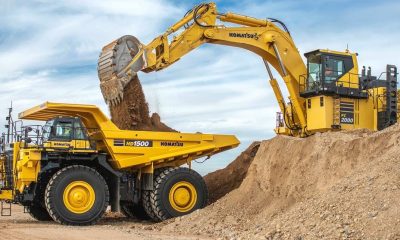
 Tech2 years ago
Tech2 years ago










